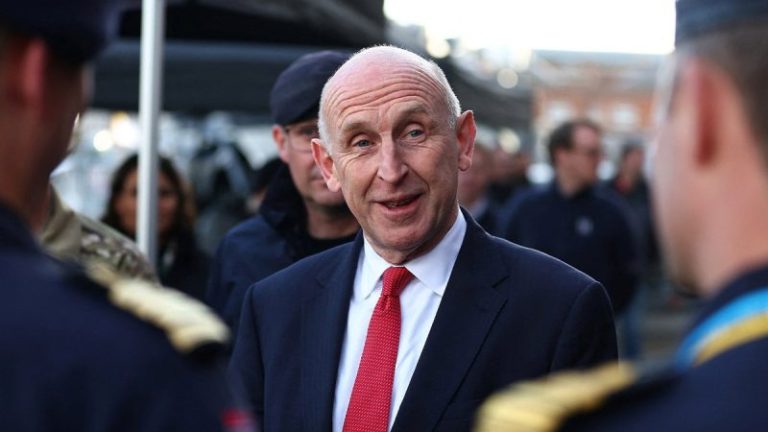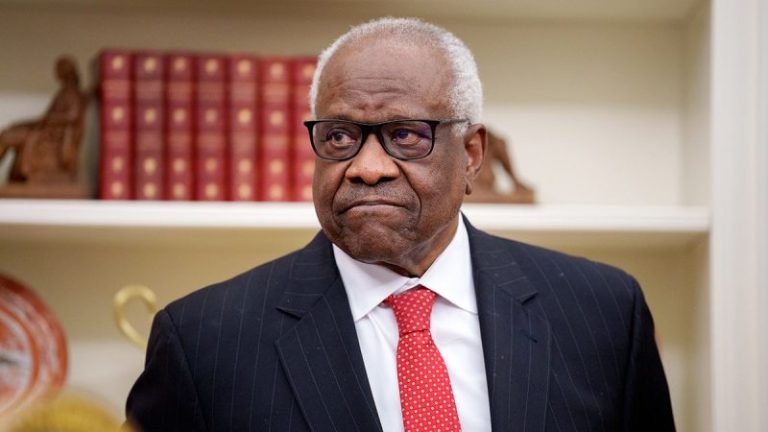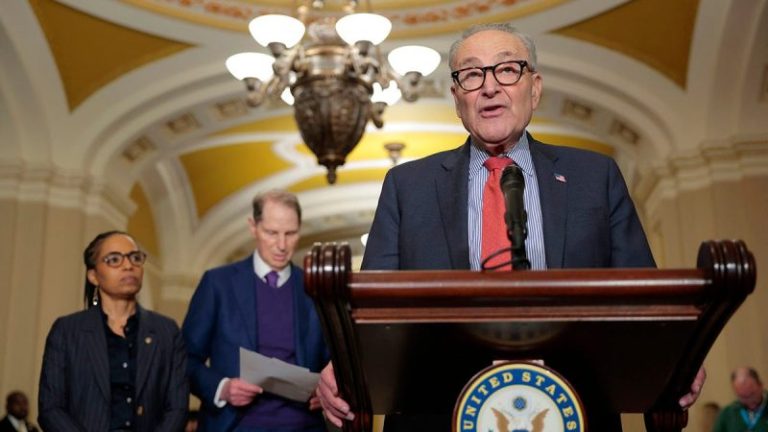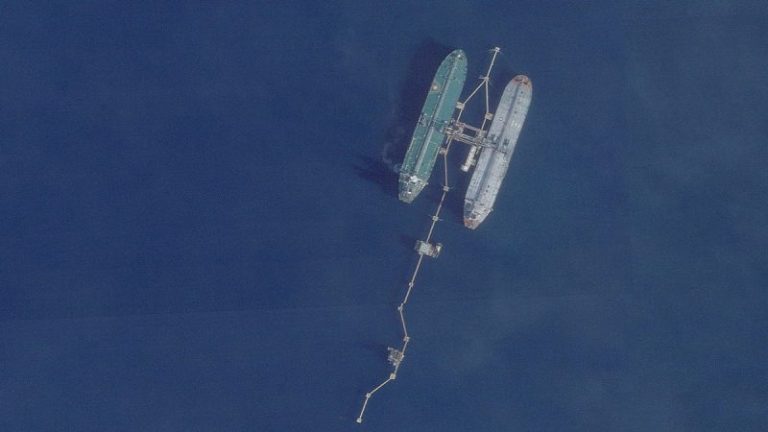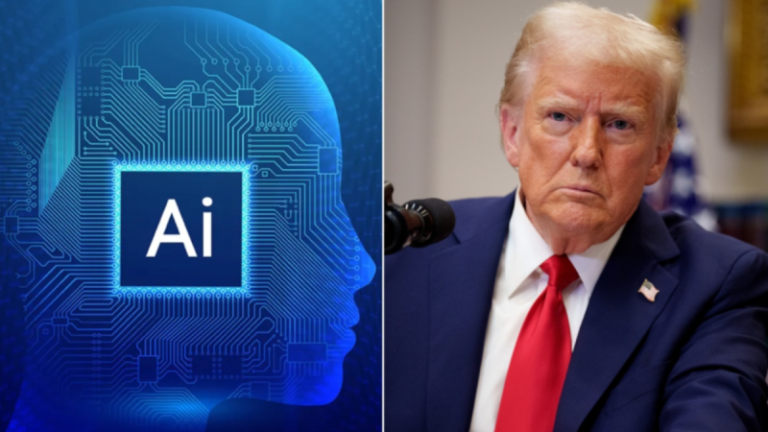Britain is preparing to take on the ‘heavy lifting’ in Europe if President Donald Trump secures a Ukrainian ceasefire, U.K. Defense Secretary John Healey said, outlining a deployment-ready coalition that London has been quietly organizing for months.
The defense chief insisted that Trump is leading the negotiations for peace, even as leaders from Germany, Britain and France huddled with Volodymyr Zelenskyy this week to try to craft an alternative to a U.S.-brokered proposal the Ukrainian president viewed as too deferential to Russia.
‘We are ready to step in behind the president in his push for peace,’ he said during a briefing with reporters after meeting with War Secretary Pete Hegseth on AUKUS, the Australia-UK-US nuclear submarine-building deal. ‘We are ready to step in as he forces the pace of the negotiations in the way that only President Trump can. Because if he can get a ceasefire agreement, we are ready to do the heavy lifting in Europe.’
Trump has said Ukraine ‘has to be realistic’ about a peace plan that would include ceding territory to Russia — a prospect Zelenskyy has insisted is unacceptable. German Chancellor Friedrich Merz said Thursday that he, British Prime Minister Keir Starmer and French President Emmanuel Macron had proposed to Trump that they finalize the peace proposal with U.S. officials over the weekend.
Healey said the UK is prepared to send troops and equipment to enforce the peace deal once it is signed. ‘For the last six months we’ve got 200 military planners, over 30 nations working together. We’ve laid reconnaissance visits to Ukraine,’ he said. ‘We have the troops ready, we have the planes available. We have the ships on standby to be able to deploy.’
Healey offered one of the clearest signals yet that Britain expects to play a central role in enforcing any post-war security arrangement — even as Europe remains divided over how a deal should be structured.
While territorial claims appear to be the main sticking point in negotiations, questions remain over what sort of security guarantees the West would offer Ukraine. The initial proposal the U.S. brokered with Russia stipulated that Western troops and jets would remain outside Ukraine in NATO territory.
Western officials have been debating whether any agreement would require a multinational force to monitor front lines or secure key infrastructure inside Ukraine once a ceasefire takes hold. Healey suggested Britain is preparing for that possibility, saying the UK and a coalition of more than 30 nations have already positioned troops, aircraft and ships that could deploy if the terms of a deal allow for an international presence on the ground.
Healey’s meetings in Washington came just after the White House released a national security strategy that took an unusually severe tone toward Europe, warning of political decline and calling for the U.S. to ‘cultivate resistance’ within European nations. The strategy warns that Europe’s economic and social problems are ‘eclipsed by the real and more stark prospect of civilizational erasure.’
The document also calls for Europe to ‘take primary responsibility for its own defense,’ a point Healey said the UK is already prepared to meet, brushing off questions about whether the strategy had sown division inside the transatlantic alliance.

